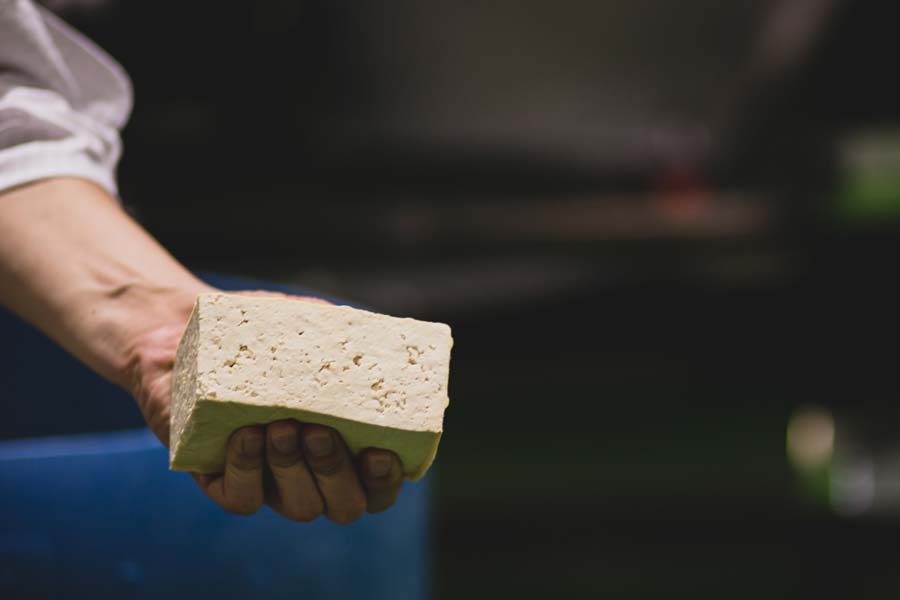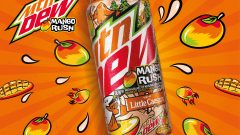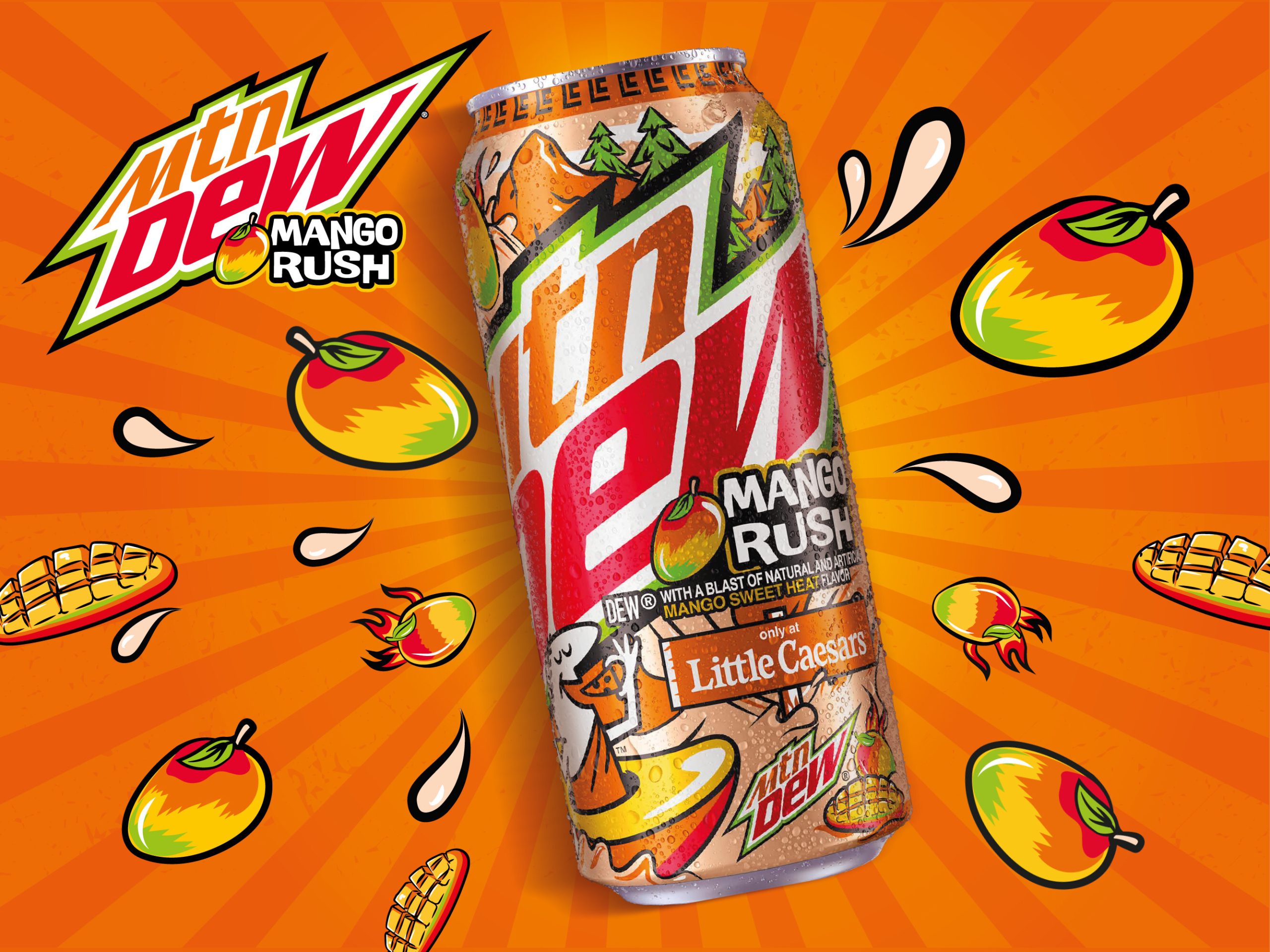This Master Knows His Way Around Tofu

The tofu master looks upon his final products. || Photos: Peter Pham
Seuk Ho Hong is a tofu master.
You may not give those pieces of soybean a second thought outside ordering them at your local Asian or vegan restaurant, but much care and dedication are devoted to creating a single block. That is what’s required of a master.
Sure it’s not one of the flashier food professions like a teppanyaki chef or a flavor guru, but the life of a humble tofu master is definitely one that keeps you busy. At least, that’s what Mr. Hong’s translator tells me.
Though we’re still not quite sure what the point is of a flavor guru when it comes to tofu.
The job of a tofu master is to ensure that tofu is up to the highest quality. Mr. Hong oversees all manufacturing processes and adjusts controls to maintain optimal manufacturing conditions.

A completed batch of tofu.
As with most factories, the goal is zero customer complaints, and zero injuries and accidents, in the plant. The tofu master is largely responsible for keeping things this way.
To become a tofu master, one must apprentice for a minimum of five years. Experience in several areas of production is required. A major chunk of your life must be dedicated to the plant-based protein. There’s no such thing as a part-time tofu master, after all.
Mr. Hong began his career in maintenance back in Korea and eventually moved to tofu manufacturing. The tofu master studied at the Pulmuone tofu plant in Korea before arriving at the one in Fullerton, CA.
Today he has more than 20 years of experience in tofu. This includes five years working with the protein in Korea and another 15 since moving to the United States.
Every afternoon Mr. Hong arrives at the plant to take over from the day shift tofu master. The two masters discuss the tofu conditions during the shift. This includes any noteworthy events, processes and any important changes to the product.
Mr. Hong works from 3pm through midnight. He checks on the soybean conditions, a highly important part of the job, up to six times during his shift. The soaking time depends on the quality of the soybean.

Soybeans ready to go through the grinder.
It’s sort of an art form if you think about it, finding the balance between temperature and hours in water. The soybeans could soak an hour on one day and up to 16 hours on another. It depends on the weather and temperature conditions, which vary day by day. Because the final quality of the tofu is essential, these conditions are strictly monitored by the tofu master.
After soaking, the soybeans are put through a grinder and mixed with water. The ground soy mixture is then heated. Similar to the cheese-making process, the soy milk is separated and solidified with a natural coagulant.
Mr. Hong works with an apprentice (one with years of experience in tofu), as well as a novice (one with little experience).
We wonder what makes one decide to take an apprenticeship in tofu? Does one choose such a life, or are they simply born into it?
The Pulmuone plant, under the Wildwood brand, is one of the largest tofu manufacturers in the world. The plant produces many different types of tofu and tofu products, all of which are overseen by Mr. Hong and the other tofu masters.
A perfect piece of tofu is based on three requirements: appearance, texture and flavor.
The tofu must have a clean surface, with a smooth look to it. The texture must be even. Though it’s made from soybeans, a prime piece of tofu should have as little bean flavor as possible. At least that’s what’s preferred in the US.
Tofu also comes in a variety of densities. The three most commonly sold are firm, soft and silken. Each is used for different dishes, depending on what is called for.

Uncut batch of tofu measured for overall consistency.
Because his job is so demanding, the tofu master does not have much time for leisure. His life is dedicated to his family and job.
Though we hear he occasionally enjoys golf.






















